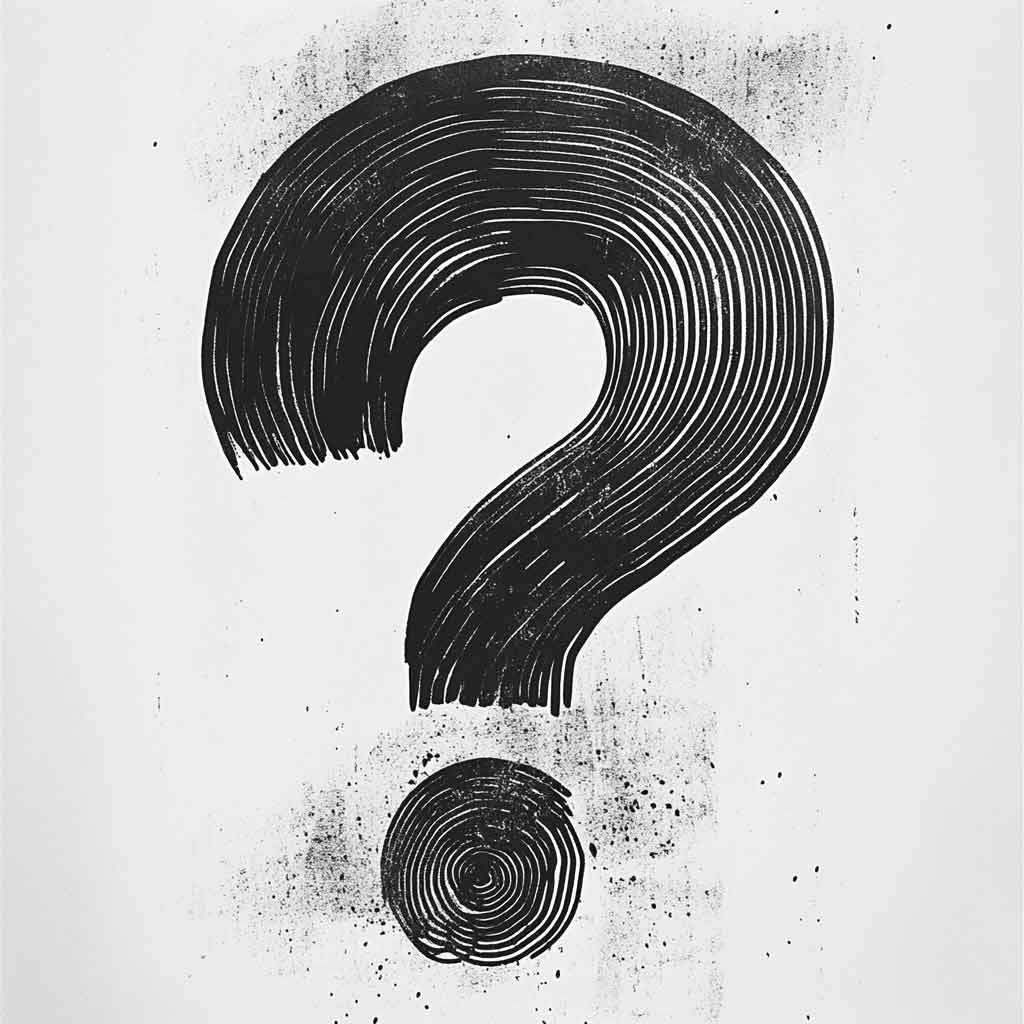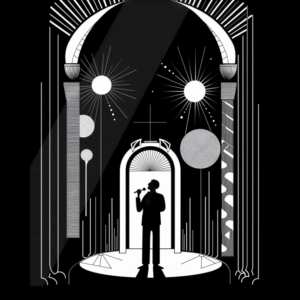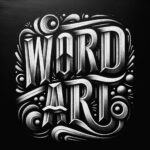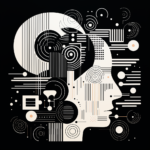Something Curious This Way Comes
Riddles invite playful thinking. They can be short, long, funny, or tricky, but at their core, they share a sense of mystery and surprise. Here is one for you.
I am born of curiosity and crafted in verse,
A playful twist of inquiry that may seem diverse.
I am both the puzzle and the key to unlock,
A challenge that exists solely in thought.
What am I?
What Is a Riddle?
A riddle is a puzzle posed as a question or statement. It offers clues in a poetic or suggestive way, aiming to spark curiosity and test the listener’s wit. Often, riddles hide their answers behind figurative language, puns, or contrasting images. The goal is to entertain while prompting creative thought.
A memorable riddle combines clever hints with clear structure. Good riddles should be short enough to recall, but detailed enough to paint an intriguing picture. They also use playful language—sometimes rhyme, sometimes puns—and they often end with a direct question such as “What am I?” The best riddles walk a fine line between being solvable and being frustrating.
How to Write a Riddle
Start by choosing your answer. Keep it simple if you’re new at this—an object or an animal often works well. Once you have your answer, list everything that comes to mind. Think about its color, shape, texture, sound, taste, and smell. Think of what it does and where you might find it. Note any similarities between this thing and other things.
Review your brainstorming notes, then pick 3 words that are related to your answer. Look up synonyms and related words in a thesaurus. You might discover unexpected ways to describe your subject, or even synonyms for the answer itself. Write down anything interesting that stands out.
Try putting yourself in the object’s place. Imagine what it senses, what it “likes,” or how it affects its surroundings. Start forming statements or questions such as: “I look like…,” “I sound like…,” or “You’ll find me….” Use similes or metaphors—like “It purrs like a tiny machine” if you’re describing a cat. Onomatopoeias (words that imitate sounds) also add liveliness, such as “buzz” for a bee.
For added mystery, you can combine two conflicting ideas with “but.” For instance, if you’re describing snow you might say, “I am cold to the touch, but I can bring warmth to your heart.” This kind of contradiction draws the listener in.
You can also experiment with puns. One classic example is, “What’s black and white and red all over?” and the answer is “A newspaper,” where “red” is heard as “read.” Puns play on words that sound similar but hold multiple meanings.
Wrap up your riddle with a question: “What am I?” or “Who am I?” or “What is it?” You can also hint if you want the answer to be a phrase or a specific type of thing. For instance, you might say, “I’m two words” or “I’m a famous character.”
Avoid giving the answer away by using it in the riddle. Keep it to about five lines or fewer, so people can remember it. Riddles don’t have to rhyme, but if you want them to, outline the questions first, then add rhymes afterward. Simple wording often works best, because riddles thrive on clarity wrapped in just enough mystery.

Generate a Riddle with AI
Build brain-teasing riddles based on your chosen theme and difficulty level with the Word.Studio Riddle Generator
Example Riddles
I have cities but no houses, I have mountains but no trees, I have water but no fish. What am I?
Answer: A map.
The more of me you take, the more you leave behind. What am I?
Answer: Footsteps.
I can be cracked, made, told, and played. What am I?
Answer: A joke.
The person who makes it, sells it. The person who buys it never uses it. The person who uses it never knows they are using it. What is it?
Answer: A coffin.
What comes once in a minute, twice in a moment, but never in a thousand years?
Answer: The letter “M”.
I fly without wings, I cry without eyes. Wherever I go, darkness follows me. What am I?
Answer: A cloud.
The more you remove from me, the bigger I get. What am I?
Answer: A hole.
You see me in the water, but I never get wet. What am I?
Answer: A reflection.
I am not alive, but I grow. I don’t have lungs, but I need air. I don’t have a mouth, but water kills me. What am I?
Answer: Fire.
I begin with “E,” end with “E,” and contain only one letter inside. What am I?
Answer: An envelope.
I start with “T,” end with “T,” and have “T” inside of me. What am I?
Answer: A teapot.
If you say my name, I am no longer there. What am I?
Answer: Silence.
I sound like one letter, but I’m written with three. I show you things when you look through me. What am I?
Answer: An eye.
What word is spelled incorrectly in every dictionary?
Answer: The word “incorrectly.”
One Last Note
Riddles thrive on curiosity. Let your mind wander and see what unexpected connections or wordplays arise. With a bit of careful thought, you’ll craft puzzles that spark a smile—and maybe a satisfying aha!—when the answer is finally revealed.
And if you still haven’t solved it, the answer to the rhyming riddle at the beginning of this article is. “A riddle”.







